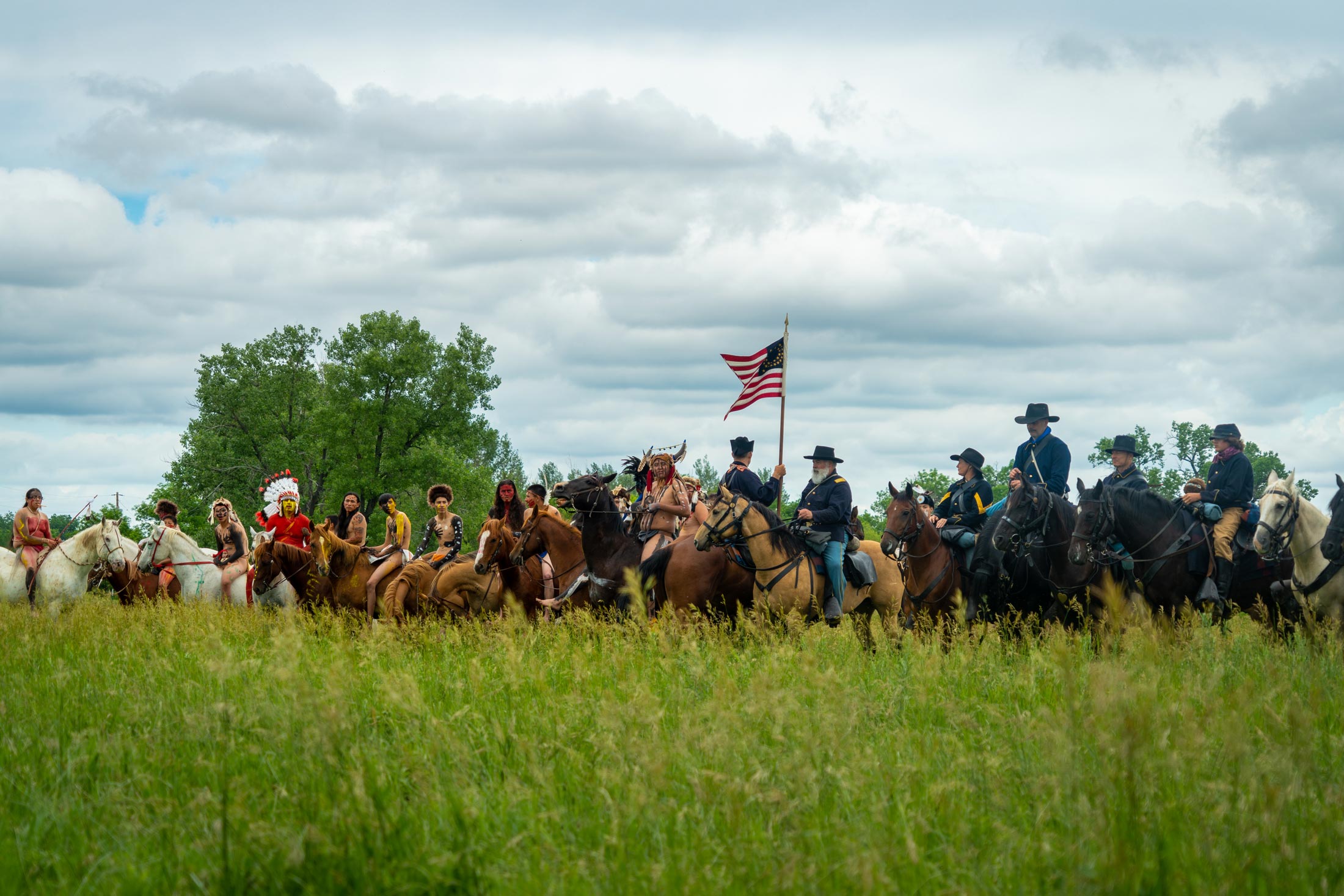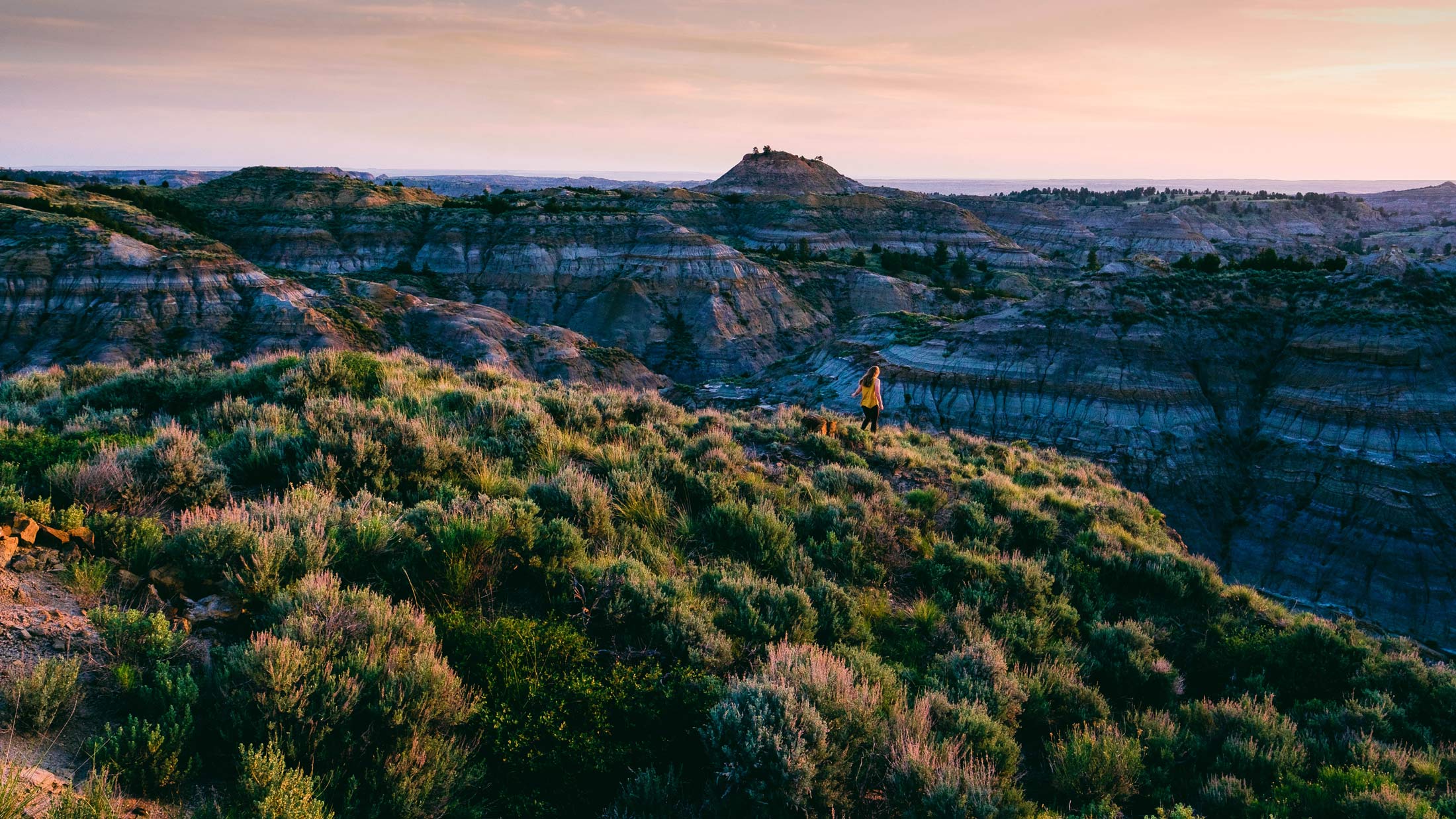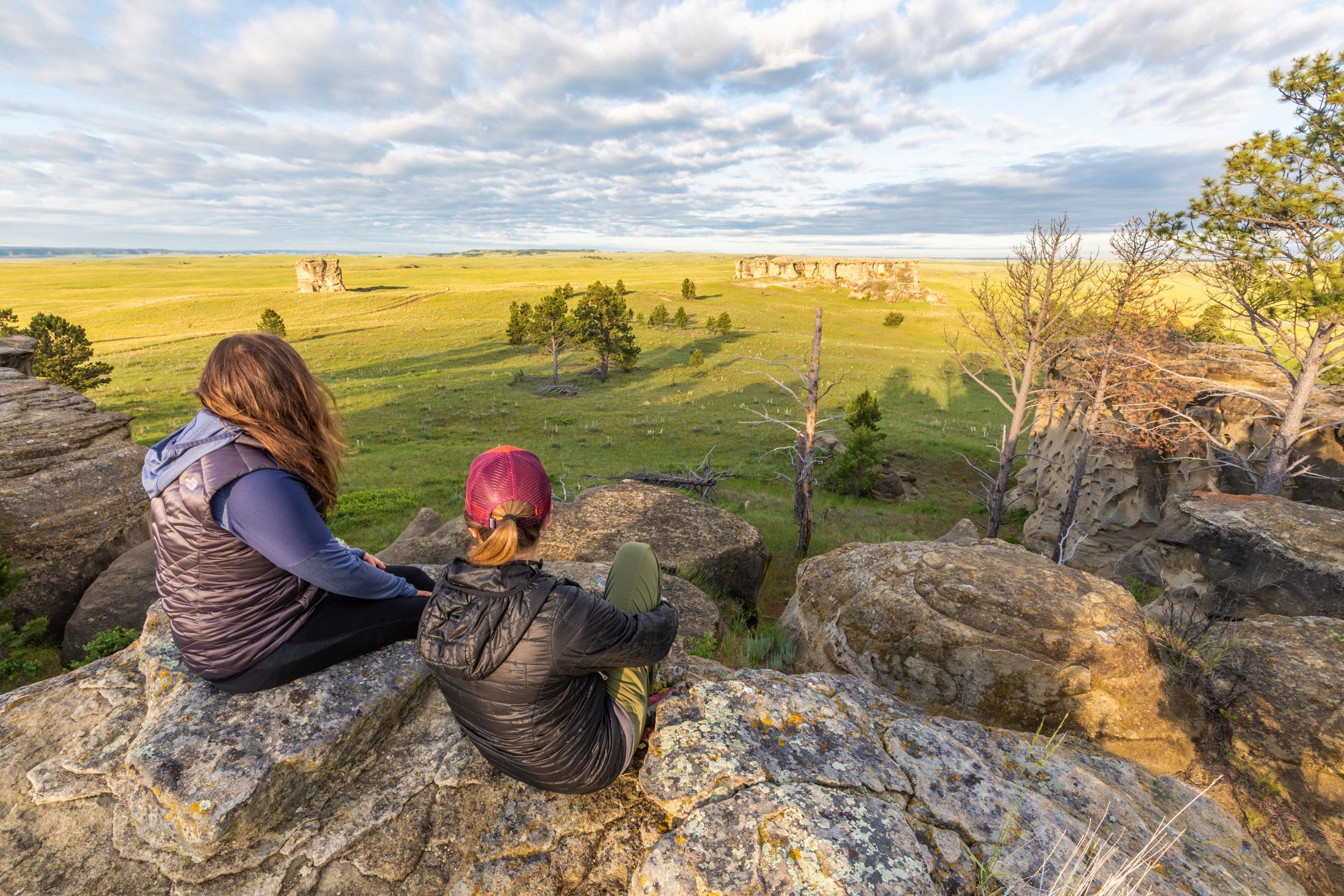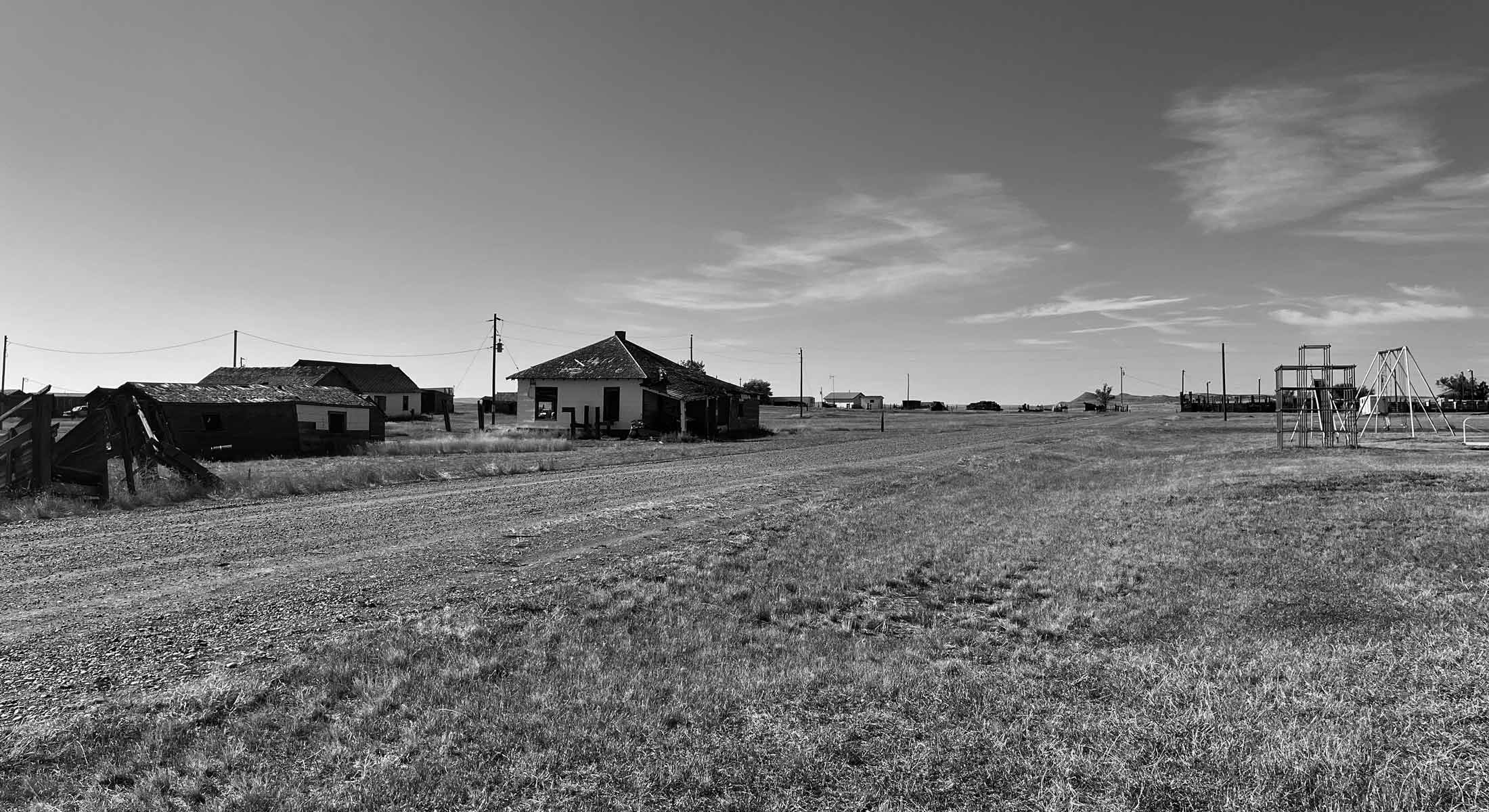On the Trail to Little Bighorn
Guest blog and images by Traveling Mel
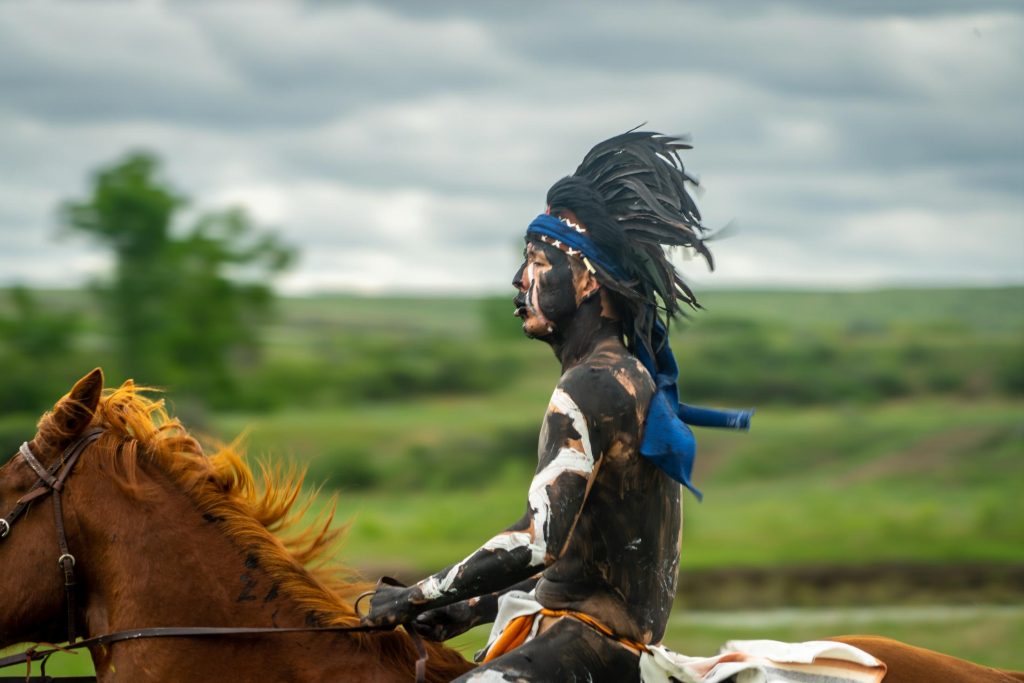
Most people have heard of the Battle of Little Bighorn—the fight where Lt. Gen. Custer made his “Last Stand.” Like all battles, Little Bighorn was complicated and part of something much bigger —a war against the Native American Tribes and an effort for Euro-Americans to make a living coming out of the Great Depression.
Here in Montana, there are many sites related to the build-up and aftermath of the Battle of Little Bighorn. We wanted to explore a few of them to get a deeper understanding of Montana culture, the events leading up to the battle, and how those few days in June 1876 affected the next many generations.
We followed a small section of the Trail to Little Bighorn on the anniversary of the battle, but most of the things we did and places we saw can be visited anytime. Our main goal was to hear different voices and multiple stories about this pivotal time in Montana’s (and the U.S.’s) history.
Little Bird Reenactment
The first event on our trip was one that only happens for three days each year around the anniversary of the Battle of Little Bighorn.
The Battle of Little Bighorn Reenactment takes place on the Real Bird property on the Crow Reservation where the battle actually occurred. We wandered among tipis and a 7th Calvary camp before sitting in bleachers and watching the battle unfold before our eyes from a Native American perspective.
The narrator was Henry Real Bird, former Montana poet laureate, so the description was poetic, meaningful, and at times funny. Real Bird gave a shout-out to his grandson, complained about how we are all too safety-conscious these days (when he wanted the little boys to jump in the river and was stopped from encouraging them) and painted a picture of the battle.
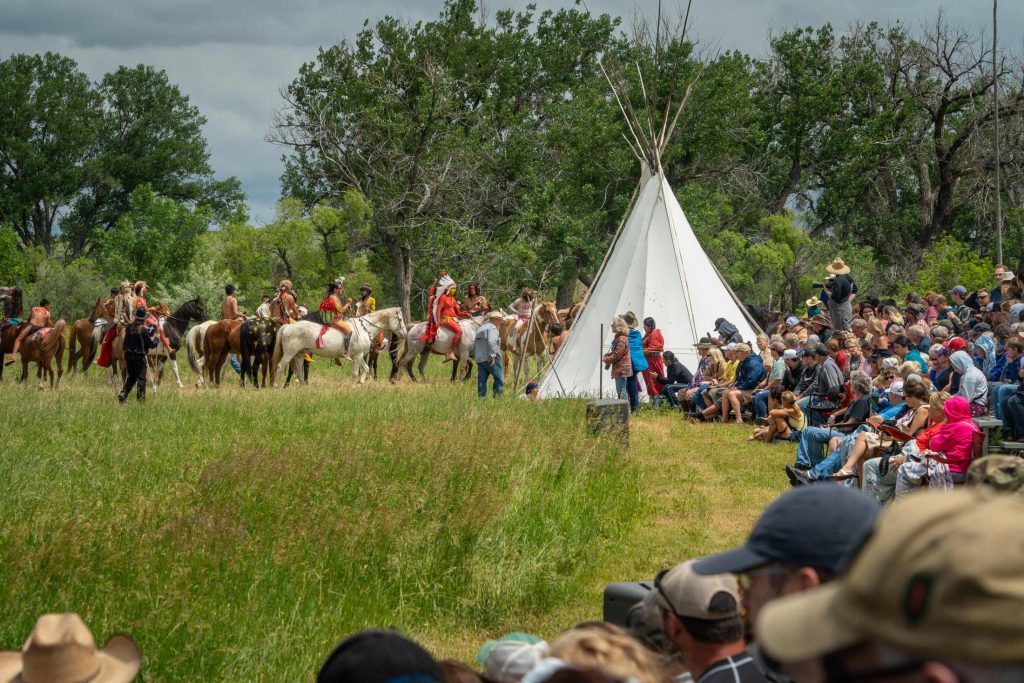
There are lots of people costumed as Calvary and as the Lakota Sioux, Northern Cheyenne and Arapaho warriors—all on horses.
Vendors sold Indian fry bread, Indian tacos, hamburgers and drinks to keep us fortified throughout the reenactment.
Schedule, prices and directions are available on the Little Bighorn Reenactment website.
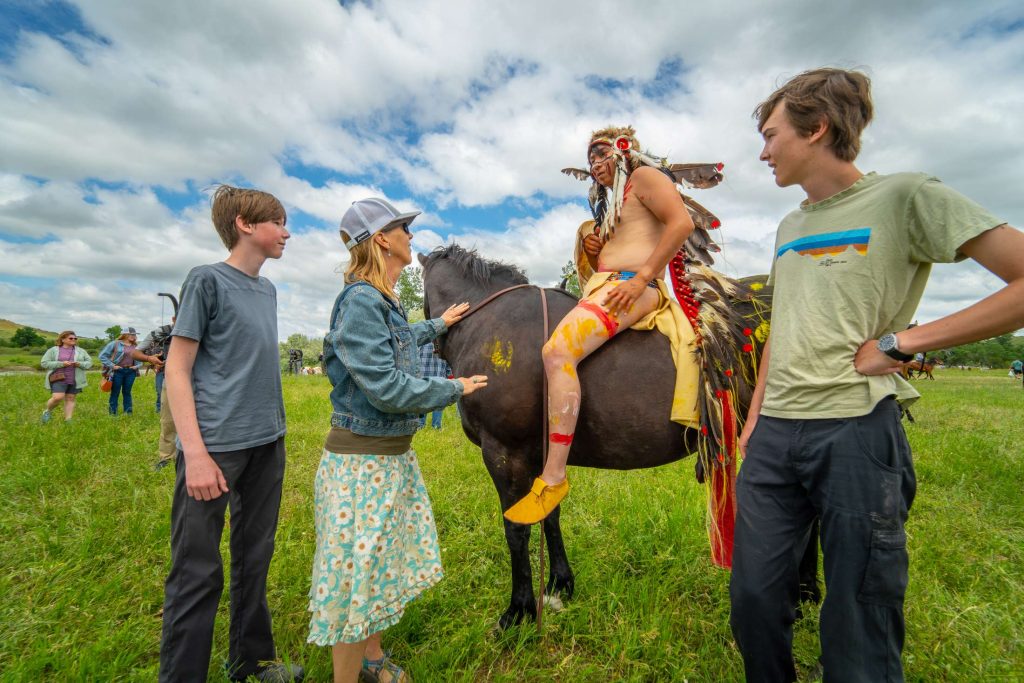
Big Horn County Historical Museum
If you want to learn about the culture of Montana, visit a county museum. I am always impressed by how fascinating the county museums are in Montana. Big Horn County Historical Museum is no exception.
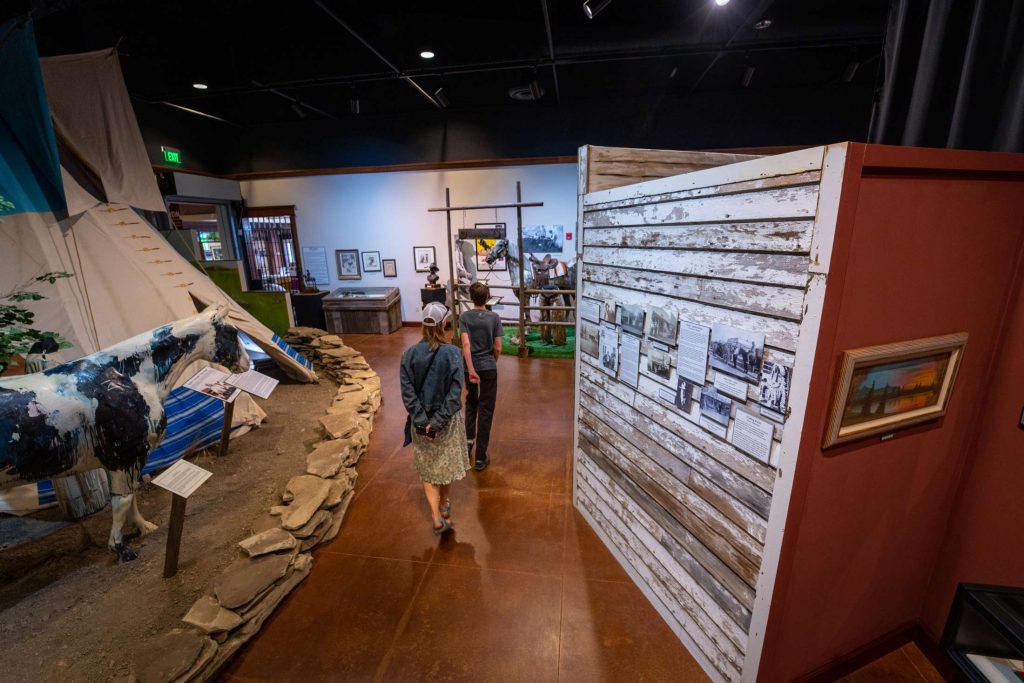
There is a lot to see at the sprawling museum in Hardin with its more than twenty outbuildings. A few of the highlights related to the Trail to Little Bighorn include:
- The Fort Custer exhibit in the main gallery tells the tale of the U.S. Army fort constructed during the Indian Wars and named for General George Armstrong Custer. Artifacts from the lives of the Plains Indians—both before their contact with Euro-Americans and after—showcase what life was like for local tribes.
- Since we visited during Little Bighorn Days, we were able to walk through an Infantry Encampment and see living history demonstrations. Henry was especially taken in when they fired the cannon and a big gun for us. It was fun for all of us to talk to the 7th Cavalry reenactors and learn about life for U.S. soldiers, many of whom were brand new immigrants and didn’t even speak English.
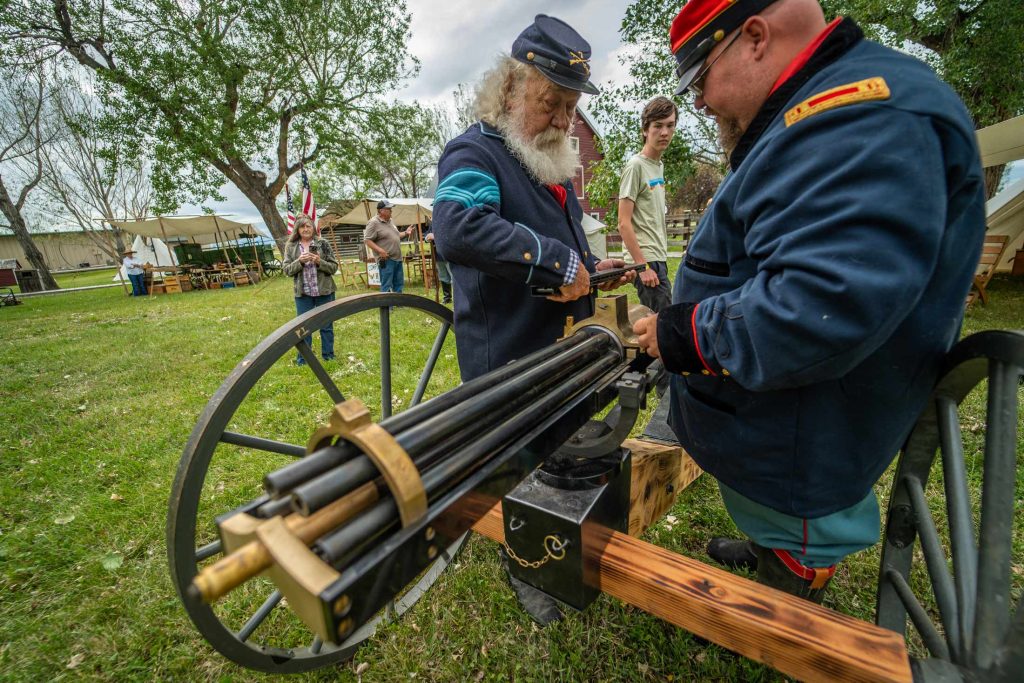
- I was very interested in learning about Thomas Bailey Marquis. He was a doctor who gave up his practice, moved to Hardin and spent his life interviewing Cheyenne tribal members who had fought at Bighorn Battlefield. He was the first person to get a first-hand account from the people who fought against Custer and the U.S. Army. Our understanding of what really happened there is deeply enriched by these interviews. “Keep the Last Bullet For Yourself” was his last and most controversial book and one that we’ve enjoyed reading.
Find hours, prices, and descriptions of exhibitions on the Bighorn County Historical Museum website.
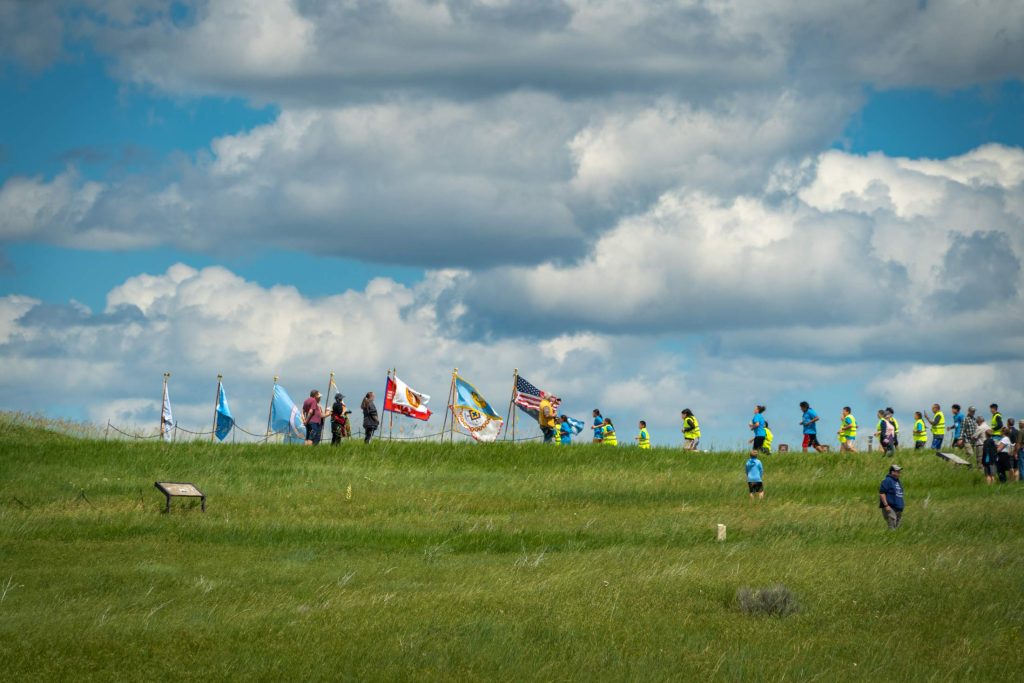
Little Bighorn National Battlefield
The Battle of Little Bighorn is probably the most famous battle of the Indian Wars.
“This area memorializes the US Army’s 7th Cavalry and the Lakotas and Cheyennes in one of the Indian’s last armed efforts to preserve their way of life. Here on June 25 and 26 of 1876, 263 soldiers, including Lt. Col. George A. Custer and attached personnel of the US Army, died fighting several thousand Lakota and Cheyenne warriors.” – National Park Service
To hear a perspective from Crow tribal members, take a group tour from Apsáalooke Tours (hourly in summer, sign up in the visitor center) or a private tour from Rose Williamson at Indian Battle Tours.
Learn more about visiting Little Bighorn National Battlefield in this post.
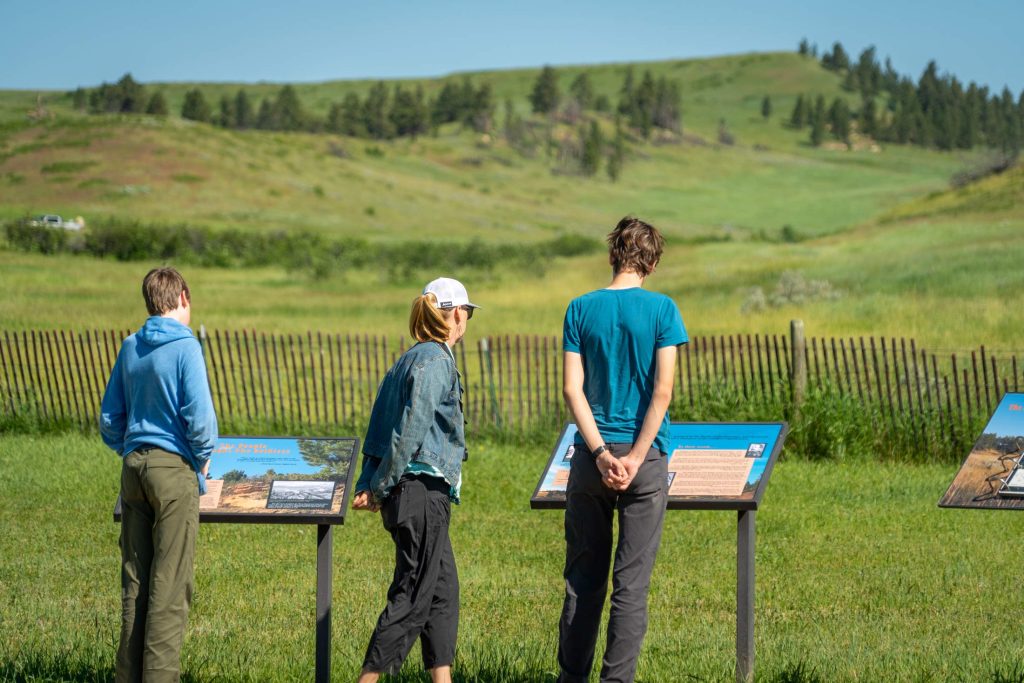
Little Bighorn Battlefield FAQs
How long does it take to go through Little Bighorn Battlefield?
The park is small and you could drive through it in 30 minutes, but if you want to stop, plan for a minimum of two hours. Park in the main parking area to see the visitor center, Last Stand Hill, the 7th Cavalry Monument and the Indian Memorial. Then drive 4.5 miles to the Reno-Benteen Battlefield to walk the short loops there.
How much does it cost to get into Bighorn Battlefield?
Use your America the Beautiful Pass (National Park Pass) to enter or
- Private, non-commercial vehicle $25.00
- Motorcycle $20.00
- Per person, walk-in or bicycle $15.00
Is there a memorial at the Battle of Little Bighorn?
There are several memorials. There is a memorial for the 7th Cavalry of the US Army, an Indian Memorial, many grave markers and Custer National Cemetery.
Is Little Bighorn National Monument worth visiting?
Absolutely! There is a lot of history here and learning about it where it happened is such a deeper experience. Beyond what you can see and do at the Battlefield, there is a lot to do in the area. I mention several places in this post, and you can check out my Southeast Montana Road Trip post or Things to Do in Billings post.
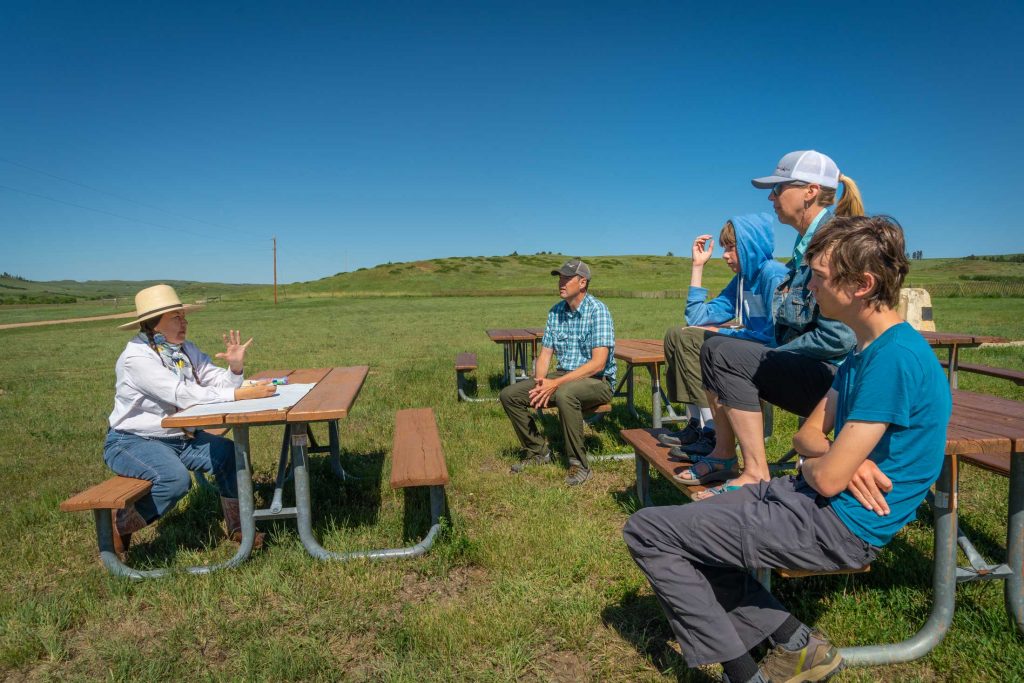
Rosebud Battlefield State Park
While you may not have heard of the Battle of Rosebud or “Where the Girl Saved Her Brother” as it is known to the Cheyenne, this battle played an important role in determining the outcome of the Battle of Little Bighorn.
Because Brigadier General George Crook, along with his Crow and Shoshone scouts, lost this battle, they withdrew to resupply and were not available to support Lt. Col Custer at Little Bighorn.
We met Rose Williamson from Indian Battle Tours at Rosebud and she brought the battle to life. It’s a beautiful place and we would have gotten a lot out of it from reading the interpretive signs and walking around, but hearing her stories made it so much more comprehensible.
Visit Rosebud Battlefield State Park for free if you are a Montana resident; otherwise it’s $8 per vehicle or $4 to walk or bike in. This is a day-use only park.
Learn more about visiting Rosebud Battlefield State Park in this post.
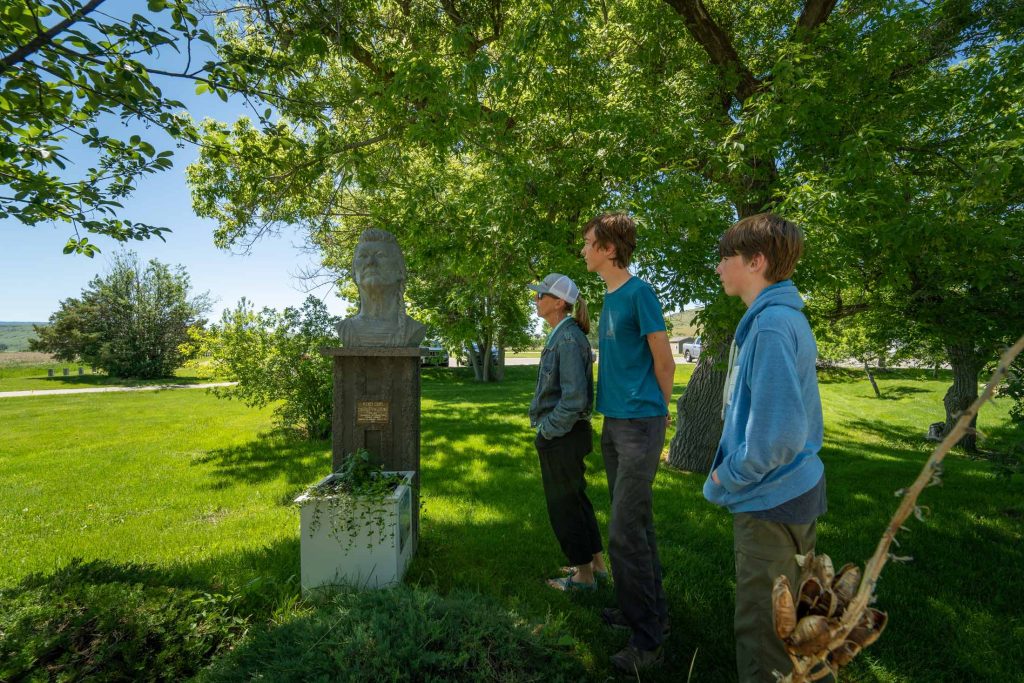
Chief Plenty Coups State Park
We have visited Chief Plenty Coups State Park a bunch of times, but every time I visit I am filled with calmness and contentedness. There is a good feeling about this place (not to get too woo-woo about it).
Chief Plenty Coups was the last traditional Crow (Apsáalooke) Chief and he worked to bridge the gap between cultures after the Battle of Little Bighorn.
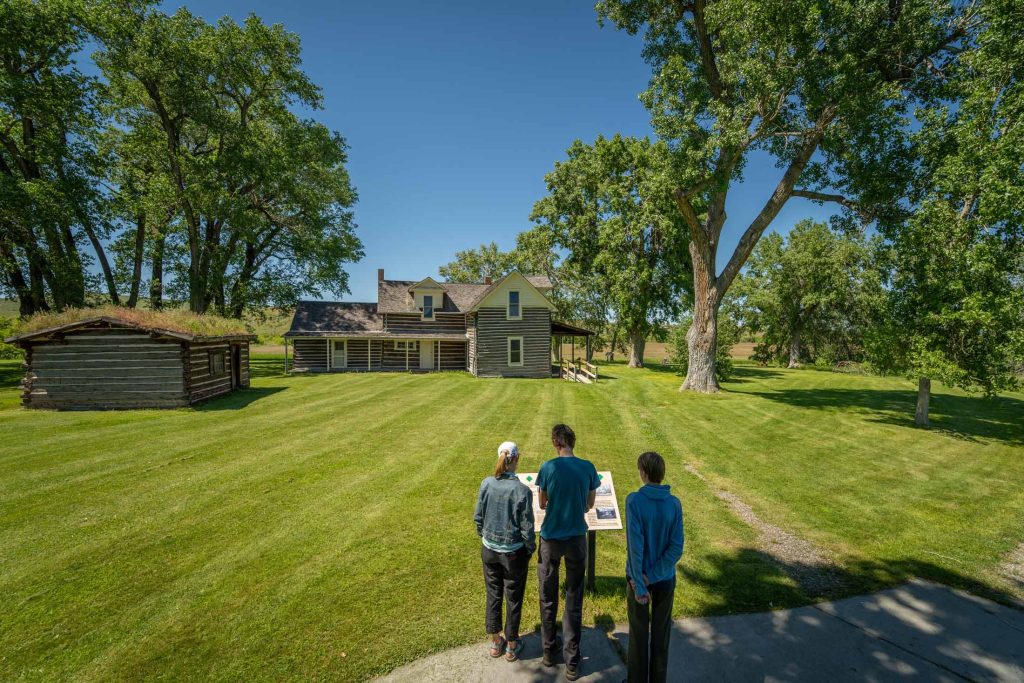
Read about my favorite Montana State Parks, including Chief Plenty Coups State Park.
Visit Chief Plenty Coups State Park for free if you are a Montana resident; otherwise it’s $8 per vehicle or $4 to walk or bike in. This is a day-use-only park.
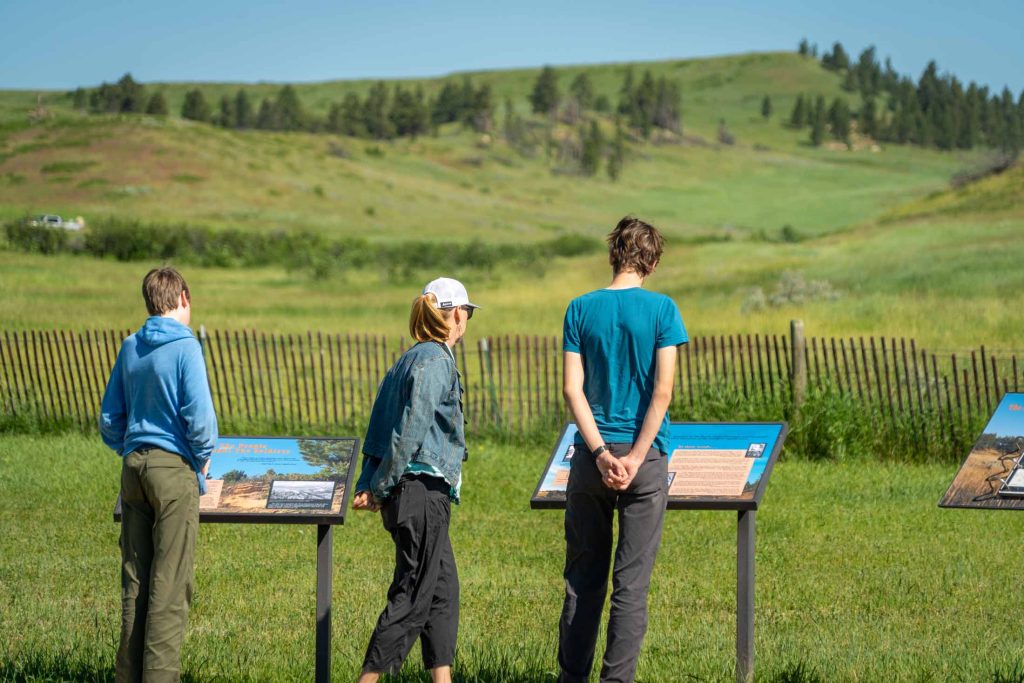
That was our tour along part of the Trail to Little Bighorn. In addition to learning a lot and hearing stories from different perspectives and voices, it was just a lovely trip.
I haven’t explored southeast Montana much in June and it was green, wildflower-laden, soft and undulating. April–June was wet and cool this year (2022) so maybe it was greener and milder than normal, but it was a delight to be outside wandering around these sacred lands.
Guest Blog Bio
Melynda Harrison writes from Livingston, Montana. She explores the state (and the world) with her husband and two teenagers and shares their adventures at TravelingMel.com. Mel helps people plan their trips to Yellowstone and Montana at YellowstoneTrips.com.
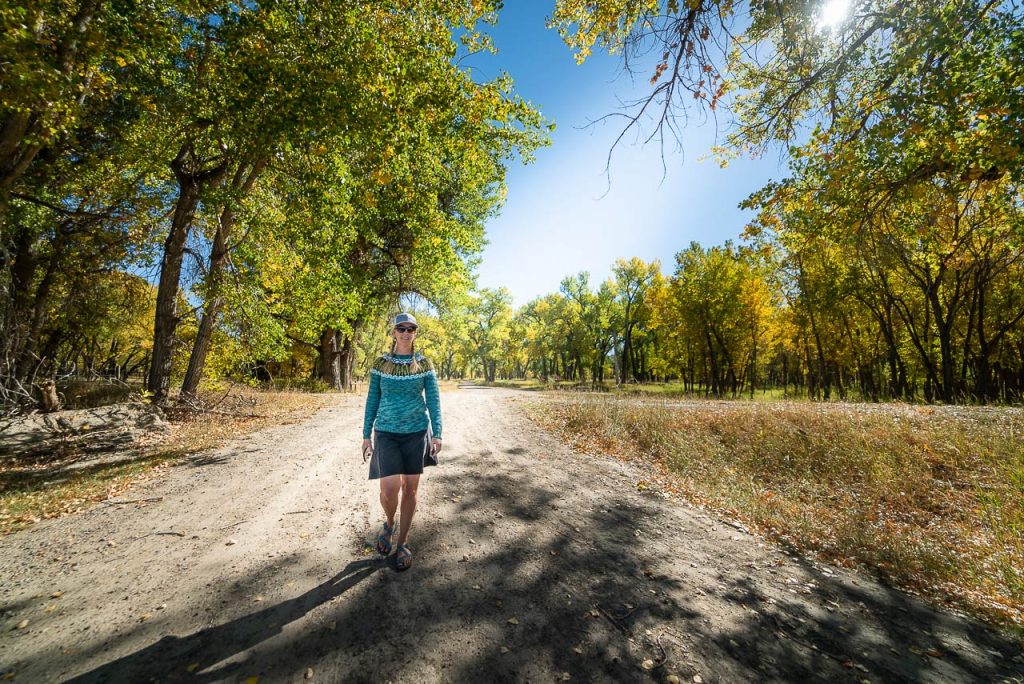
More from our blog:
